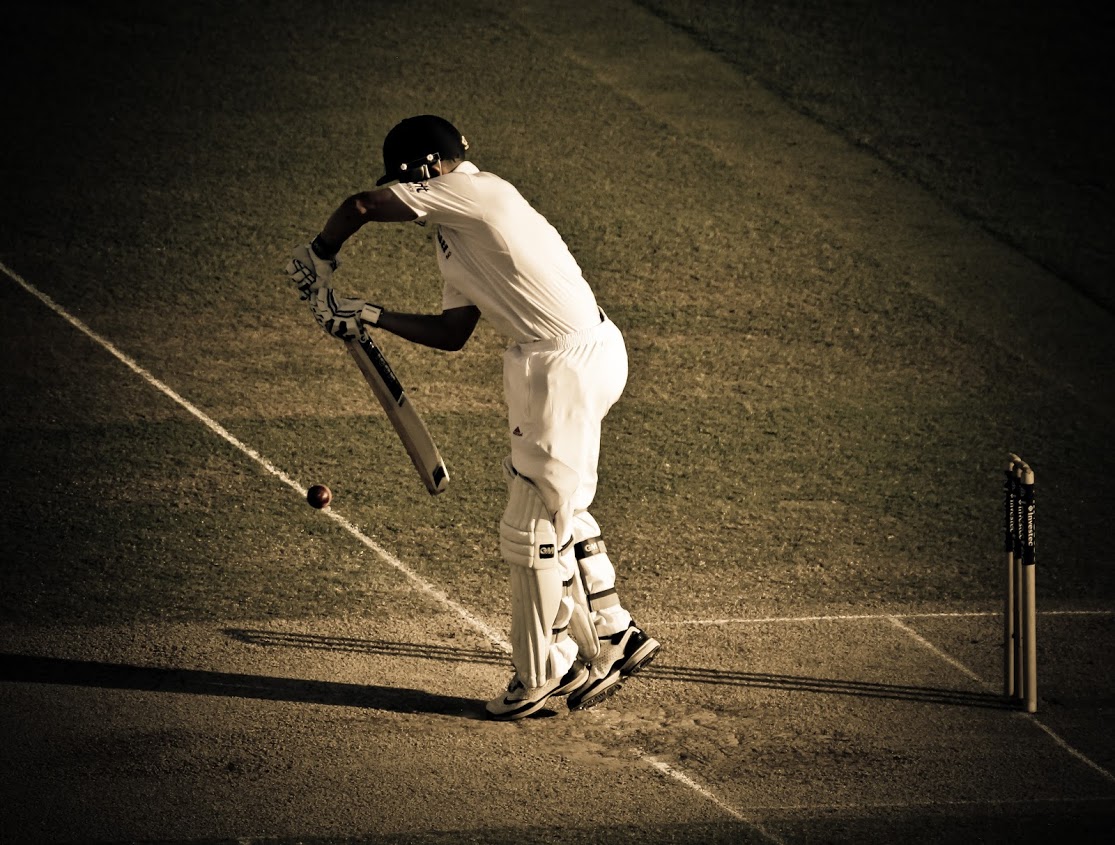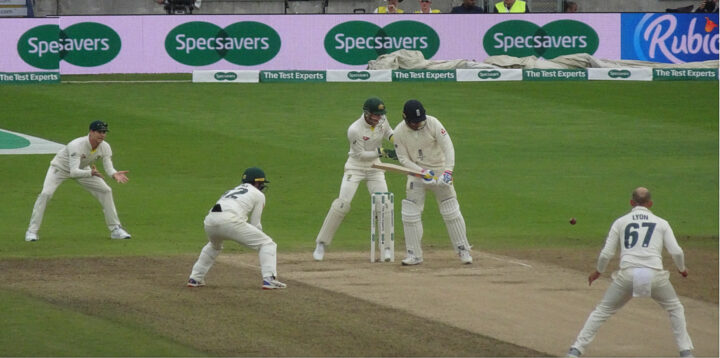
Sometimes it takes the straight talking Australians to get things done. Rather than simply lamenting the decline of domestic one-day cricket, those pioneering Aussies have decided to do something about it. Whereas the ECB have introduced various ineffectual and random reforms, such as cancelling all fifty over cricket and implementing a new forty over competition (whilst extending the T20 league to a gazillion games per week) the ACB have decided to break with tradition and do something that cricketing authorities are rarely known for i.e. they’ve showed some imagination and taken a bit of a risk. From next season, Australian domestic one-day cricket will adopt a split innings format. Nobody knows whether it will work or not, but good on the Aussies for trying something different.
The proposed new format looks rather tantalising. Each match will comprise 45 overs per side. The team batting first will face an initial 20 overs, after which the opposition will bat for the same length of time. After this, the team that batted first will resume their innings for the remaining 25 overs, after which a final run chase will take place. It’s a bit like a limited overs test match I suppose, although there won’t actually be two innings each – instead a single innings is split into two distinct stages. Therefore, when Alastair Cook gets out cheaply, he won’t get a second chance later in the match; Eoin Morgan will have to pick up the pieces as usual.
The Aussies have also introduced a few interesting quirks. Rather than being an eleven a side game, teams will actually select 12 players – although only 11 of these can bat, and only 11 can represent their side in the field. Therefore, players like Glenn McGrath can bowl without having to endure the embarrassment of batting. Similarly, Mark Cosgrove will be able to bat without having to take the field after eating too much at tea. This will surely save South Australia a stack of runs. The format will also offer hope to Middlesex fans, for Mike Gatting will surely come out of retirement if the new format comes to England.
Interestingly enough, the Aussies have also decided that frontline bowlers will be allowed to bowl twelve overs across the duration of the match (as opposed to the normal ten). Officially this is supposed to increase the quality of the cricket, so that spectators can watch the best batsmen taking on the best bowlers. However rumours are rife that Queensland insisted on this rule so they didn’t have to give Shane Watson a bowl.
Meanwhile, the powerplay system has been simplified. Rather than having batting and bowling powerplays, fielding restrictions will be applied during the first five overs of each batting stint; so the team batting first will be able to make up any first ‘innings’ deficit in style. The team that wins the match will be awarded four points for victory, but a bonus point will go to the team that is ahead after both teams have batted once – therefore there will be an extra incentive to earn a ‘first innings’ lead after 20 overs.
Although some of these new rules seem a little leftfield (perhaps the system was pioneered by John Buchanan?) the cricket should make interesting viewing – which is the whole point of course. Some of the ideas are likely to fall flat on their face (the twelve players per side rule seems a little unnecessary), but overall we think this is a positive move forward for one-day cricket. After all, it should certainly eliminate those nothing overs mid-innings when batsmen milk part time bowlers for five runs an over.
We should point out at this juncture that we can speak with some authority on split innings matches. It’s something our social team, the St Annes Allstars, have tried at our annual festival with great success. The key is always to win the toss and bat first. Admittedly this can be a risky strategy on a green pitch, but we find it’s best to bat before your team has too many beers.
Being able to see the ball (one of them) is a tremendous advantage. The stroke play of the team batting last usually becomes overly ambitions by 5pm. At this point, the orange squash has run out and drinks breaks consist of frazzles and special brew. Therefore, deciding which ball to hit (even established batsmen are seeing at least three by this point) often leads to poor shot selection. The tried and tested technique of aiming for the middle ball doesn’t always work either, believe me.
Obviously Australian one-day cricket is played to a slightly higher standard, but we believe the lessons we’ve learned are universal. Therefore, if the likes of Wayne Phillips and Tom Moody want any advice, don’t hesitate to get in touch lads. Tips on batting under the influence (or with mammoth hangovers) are also available, so don’t be afraid to ask. We will naturally respect your privacy and keep all correspondence confidential, so there’s no need to worry Jesse and Sir Ian.
James Morgan









Sorry James – cant agree. They have tried this format already (http://www.cricinfo.com/australia/content/story/472325.html) and it appears to be flawed. As you still only have 10 wickets across both innings, there is a natural slow down in rate at the end of the first innings as you dont want to start your second innings 8 wickets down! Is there not a danger that one sided games will be made even worse – if a team lost the toss, batted on a sporty wicket and finish their first innings on 70-5 after 25 overs. The opposition then bat in easier conditions to score 150-2. The next innings will have to use all the overs batting carefully to set a small target. At least now, a target of 180 – 200 gives a team a chance to put pressure on the opposition. This format will just take all the pressure out of the 4th innings to deliver boring victories.
The new format will inevitably have flaws, but I’m glad the authorities are trying something. As for the team batting first struggling on a sticky wicket, that is a problem in all forms of the game. If the ball is still moving around after 20 overs, then the team batting second will also have to bat when conditions aren’t ideal … therefore it is fairer. At the moment, one team can be shot out for a low score and won’t get to bowl on the same deck until much later in the day. There will always been instances when teams chase low totals …. I don’t see how split innings makes this worse.
I understand the argument that teams will slow down towards the end of their first 20 overs, but the extra bonus point for a first innings lead should help to address this. The teams at the top will surely be going hell for leather to secure maximum points from the fixture (four for the win, plus the bonus to make 5) just as teams in Rugby’s Premiership try to get the 4-try bonus. Perhaps in time they may decide to make it 2 bonus points for a ‘first inns’ lead.
I do not believe that split innings matches are necessarily the answer to one-day crickets problems – I’m just glad they are experimenting at last. Something needs to be done about the middle-overs when county pros seem to play on autopilot. At least split innings matches will create more interest in the boring phases of the game. There will inevitably be teething problems, but many people slagged off T20 cricket to begin with.
Anybody got any other ideas about how the authorities can rescue one-day cricket? Alternative ideas are thin on the ground.